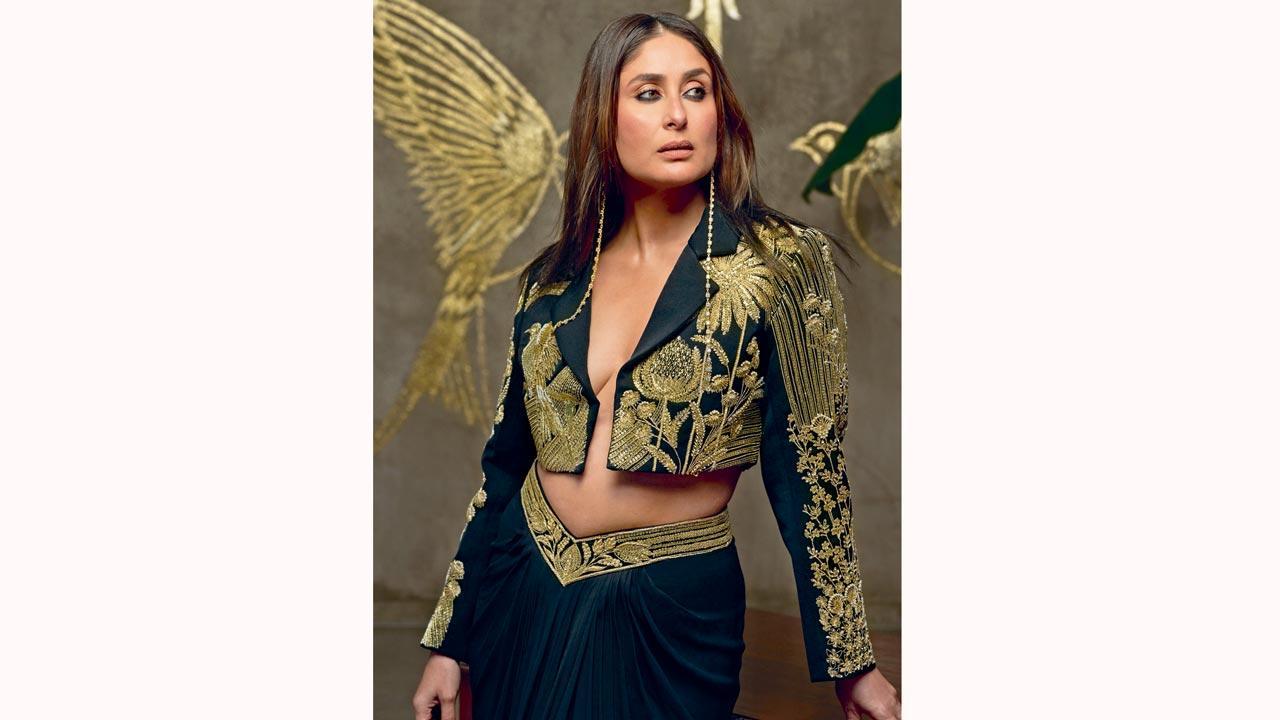The other day, designer Narendra Kumar (Nari for friends) ran into Anita Dongre at the airport. They go way back to the mid-1990s when they collaborated on the launch of AND, a Western wear line introducing pantsuits, skirt-suits and shirts, coinciding with the growing trend of women in the workforce. “Anita’s vision was clear—to create garments that resonated with this societal shift and evolving professional landscape,” Nari recalls.
“I helped shape the campaign, branding, and brand name.” Nearly three decades later, Nari notices a surge in the number of women adeptly balancing career and family routine, drawn to a fusion style blending South Asian and Western influences. Co-ord sets and dresses with playful hemlines guide their preferences.

Or, they may fancy a tunic featuring cuff details like tie-ups, paired with slim-cut trousers. “My 90-year-old mother, who typically wears the salwar-kameez, recently showed interest in wearing a co-ord set!” he chuckles. “This reflects a quiet but clear shift in attitude.
Women, regardless of location, are becoming more educated and well-travelled. The rising influence of modern secular women from tier-2 and 3 cities highlights a global perspective, amplified by social media’s homogenising on fashion.” ADVERTISEMENT In India’s fashion landscape, a curious distinction exists between mass-market Western brands like Zara or Vero Moda—considered “fashion brands”— and ethnic brands like Soch or Biba, which do.
















